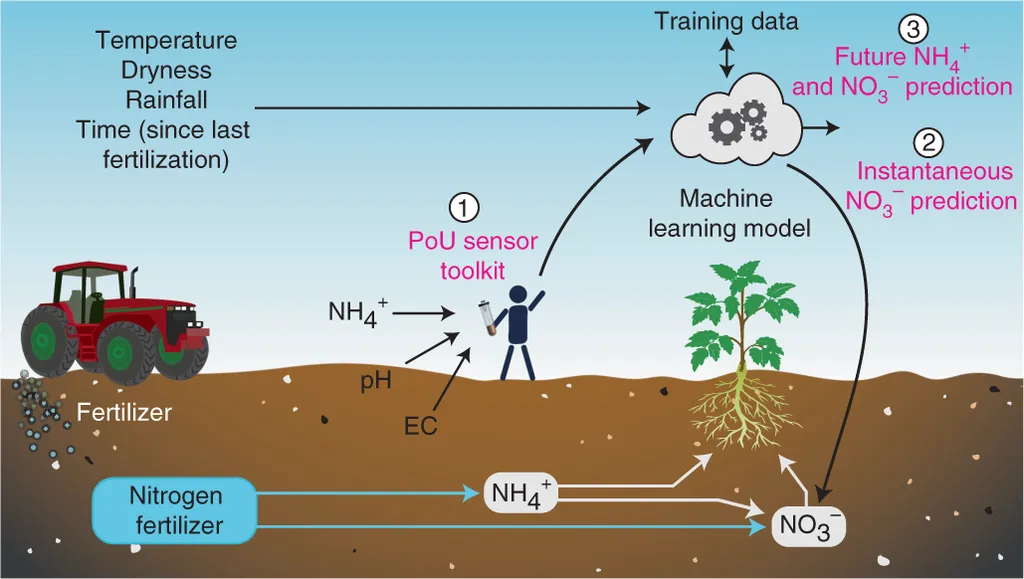In the quest for sustainable agriculture, farmers are constantly seeking innovative tools to optimize nutrient management. A recent study published in *Applied Sciences* offers a promising solution: a cost-effective method for assessing nitrogen concentration in vermicompost using a simple color sensor and machine learning. The research, led by Panida Lorwongtragool from the Faculty of Science and Technology at Rajamangala University of Technology Suvarnabhumi, could revolutionize how farmers evaluate soil amendments, potentially saving time and resources while promoting precision agriculture.
The study leveraged a low-cost TCS3200 color sensor and the K-Nearest Neighbors (KNN) machine learning model to classify nitrogen levels in vermicompost. The key innovation lies in the selection of the optimal color space for feature representation. By comparing four different color spaces—RGB, Lab, LCh, and CMYK—the researchers found that the LCh color space delivered the highest classification accuracy of 0.9708. This means that the model could reliably distinguish between different nitrogen levels, providing farmers with accurate, real-time data.
“This system offers a practical, robust, and accessible tool for precision agriculture,” Lorwongtragool explained. “It enables farmers to make informed decisions regarding fertilization, directly supporting sustainable agriculture and responsible resource management.”
The implications for the agriculture sector are significant. Traditional methods of nitrogen analysis often require costly and time-consuming laboratory tests. This new approach eliminates the need for such analyses, offering an on-site solution that provides instantaneous results. Farmers can use this information to optimize nutrient application, maximize crop yield, and reduce input costs associated with overfertilization.
The study also highlights the importance of choosing the right color space for accurate classification. While all four color spaces performed well, LCh emerged as the most effective, demonstrating robustness to ambient light variations. This finding could influence future developments in agricultural technology, encouraging the integration of color sensors and machine learning models in other areas of soil and crop analysis.
As the agriculture industry continues to embrace technology, innovations like this one pave the way for more sustainable and efficient farming practices. By providing farmers with the tools they need to make data-driven decisions, this research could play a crucial role in shaping the future of precision agriculture.

